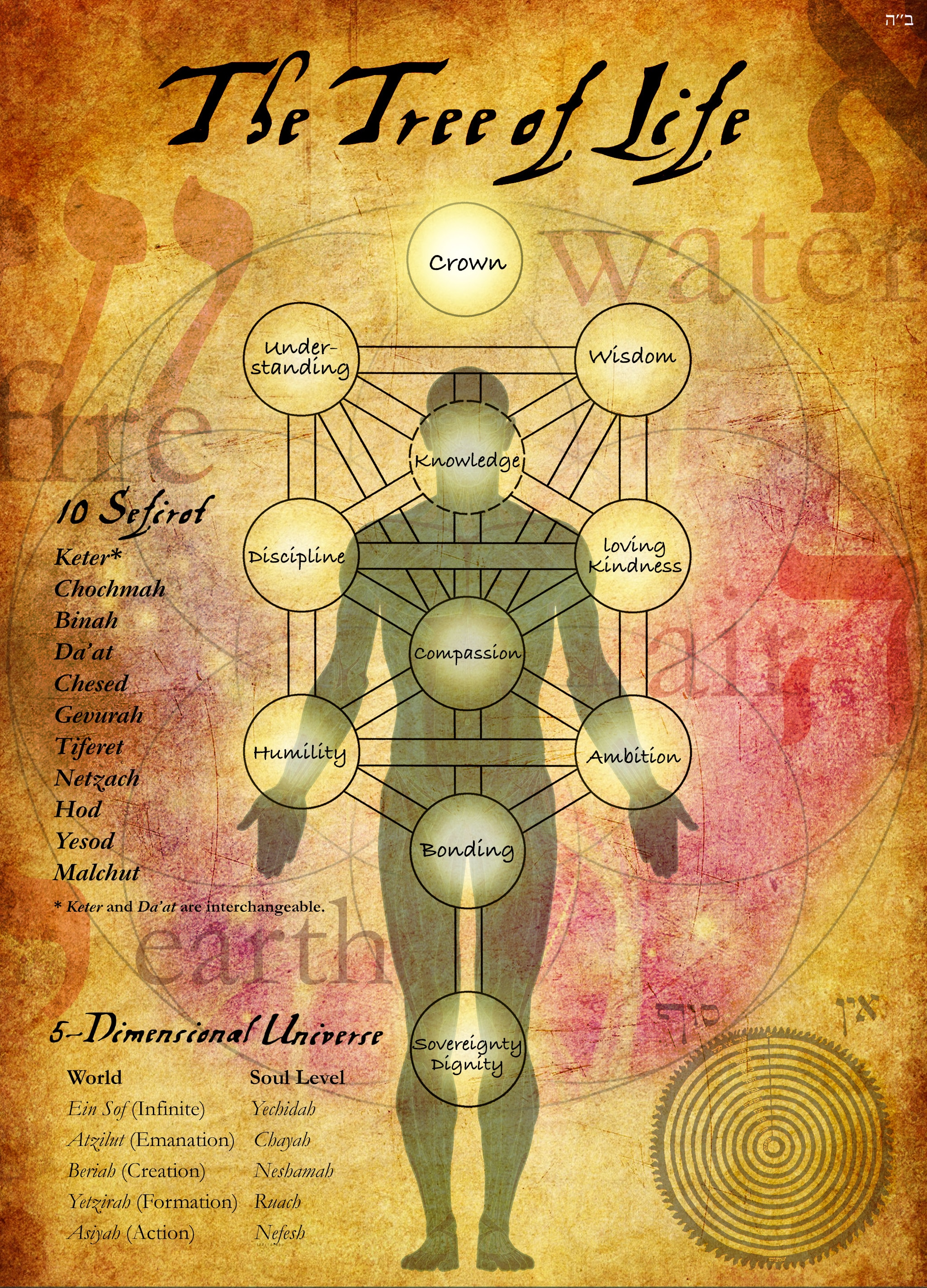And no plant of the field was yet in the earth, and no herb of the field had yet grown; for the L-rd G-d had not caused it to rain upon the earth, and there was not yet a man to work the land.
[Then] there arose a mist from the earth and watered the surface of the land.
Genesis 2:5-6
In the land of Israel, the rains are confined to the half-year from Tishrei to Nissan (roughly, October to March). This six-month period is therefore referred to by the Talmud as the “Season of Rains” (Yemot HaGeshamim), while the six months from Nissan to Tishrei (April–September) are called the “Season of the Sun” (Yemot HaChamah).
The calendar is more than a measure of time: it is a cycle that charts our inner life and our relationship with our Creator. And this spiritual cycle is comprised of two basic parts as well—a “Season of the Sun,” and a “Season of Rains.”
A Rising Mist
Sunlight and rain are both critical to the sustenance of life on earth. Indeed, there is a certain similarity in the manner in which these two sources of nourishment are bestowed upon us—both “rain” down upon the earth from above, drenching it with energy or moisture. In both cases, we seem quiescent recipients of a showering of blessing from the heavens.
But a closer examination reveals a significant difference between them: while sunlight is a unilateral gift from above, rain originates as moisture which rises from the earth, forms clouds, and returns as life-giving waters. So the earth is not, in truth, a passive beneficiary of the rain falling from the heavens: it is she who generates it in the first place, raising columns of mist from her oceans and lakes to water the soil of her land masses.
The earth, of course, could not do this on her own. It is the sun who stimulates the release and ascent of her watery stores; it is the sun who causes the weather patterns that carry them through the atmosphere and impel them earthward. In other words, the sun, ultimately, is the force behind both sunlight and rain. But the sun’s nurturance of life on earth takes two forms: a) nourishment which the earth simply absorbs from her benevolent provider, such as the sun’s light- and warmth-purveying rays; b) nourishment, such as rain, which the earth generates herself, with the sun serving as the catalyst that wakens her potential for self-nurture and assists in its realization.
All of the above also applies to the “miniature world”[1] that is the soul of man. Here, too, there is “sunlight” and “rain”; here, too, the soul is dependent for both upon her “sun,” yet differs in her relationship with these two purveyors of her nourishment.
Ultimately, everything we possess, including our potential to initiate and create, is granted us from Above. Yet G-d sustains our inner lives in two ways: a) by bestowing direct and unilateral enlightenment and experience (“sunlight”); b) by enabling and assisting us to gravitate upward in our own search for truth and meaning in life, and thereby generate a spiritual nourishment of our own making (“rain”).
Both divine gifts are crucial to the spiritual life of the soul. In the first case, we recognize our inherent limitations. We understand that if there is to be anything that is absolute and transcendent in our lives, we must open ourselves to a higher truth—a truth to which we can relate only as a wholly passive recipient, for it is beyond anything we could possibly generate by ourselves.
At the same time, however, human nature dictates that we identify more with what we ourselves have achieved: that something earned is more appreciated than a gift, that an idea independently conceived is more meaningful than a teaching from the greatest master. That for an experience to become “real” to us—for it to be grafted into our nature and personality—it must stem from within.
The real or the ideal? Mine or more? We need them both. Indeed, the tension between these two needs is crucial to our growth in all areas—intellectual, emotional or spiritual.
Seasons of the Soul
In the cycle of the Jewish year, the six months from Nissan to Tishrei comprise the “Season of the Sun,” and the Tishrei to Nissan months are our “Season of Rains.”
During the “Season of the Sun,” we celebrate and re-experience the great unilateral acts of divine involvement in our destiny: the Exodus on Passover, when G-d descended to Egypt “to take for Himself a nation from the womb of a nation, amidst trials, signs, wonders and battles”[2]; the giving of the Torah on Shavuot, when “G-d came down on Mount Sinai”[3] to grant us His blueprint for life and our charter as His “kingdom of priests and holy nation.”[4]
The “Season of Rains,” on the other hand, is a half-year characterized by human endeavor and initiative. The month of Tishrei—the month of Rosh HaShanah, Yom Kippur and the Ten Days of Repentance—is a time of teshuvah, of soul-searching and self-improvement. The two “rabbinical” festivals of the Jewish year—Chanukah (Kislev 25 to Tevet 2[5]) and Purim (Adar 14)—are also contained within the “Season of Rains.” Unlike the biblical festivals, which were unilaterally commanded by G-d, these are humanly initiated festivals, instituted as our response to the milestones in our relationship with G-d which they commemorate.[6]
Another winter festival is the “Chassidic New Year” celebrated on the 19th of Kislev.[7] The teachings of Chassidism emphasize the need for intellectual appreciation and emotional experience in our fulfillment of the mitzvot (as opposed to mere mechanical observance of the divine commandments). Chassidism thus belongs to the “rainy” season of our spiritual lives—our capacity for initiative and involvement in our relationship with G-d.
Sometimes More, Sometimes Less
The Jewish calendar is based upon the lunar cycle, with the beginning of each month falling within a day or two of the new moon. Since the moon completes its orbit of the earth every 29.5 days, the Jewish month alternates between 29 and 30 days. A thirty-day month is called a malei (“full” month), and a twenty-nine-day month is called a chasser (“lacking” month).
Generally speaking, the months follow a set pattern: Nissan is always “full,” Iyar always “lacking,” Sivan “full,” Tammuz “lacking,” and so on. However, two months, the months of Cheshvan and Kislev (the second and third months after Tishrei), have no fixed length: in certain years both are “full,” in other years both are “lacking,” and in others still, Cheshvan is “lacking” and Kislev is “full.”
In other words, the summer months are fixed and unvarying, while the months of the “Season of Rains” are subject to changes and fluctuations.
In this, too, our calendar reflects the dynamics of the seasons of the soul. The “sunlight” aspect of our spiritual lives is fixed and unvarying. When we surrender ourselves to a higher truth, we also surrender our human frailties and inconsistencies. We surrender to what is infinite, perfect and unequivocal, and what we receive is likewise infinite, perfect and unequivocal.
But when we turn to our “rainmaking” self, our initiatives and achievements are subject to the rises and falls of a finite, imperfect self. This is a season with fluctuating months, sometimes “lacking,” sometimes “full,” reflective of the vacillating nature of everything human.
Therein lies the weakness of our rainy season as well as its strength. By all objective criteria, this is the “lesser” half of our internal cycle, plagued by the instabilities and deficiencies of the human state. But it is also our more resilient half, where a lack might be transformed into a gain and a vulnerability exploited as a source of blessing.
Based on the Rebbe’s writings and talks, including a number of talks delivered during the month of Kislev 5750 (December 1989) and a journal entry dated “Kislev 19”[8]
Adapted from the teachings of the Lubavitcher Rebbe by Yanki Tauber
———————
[1]. Midrash Tanchuma, Pekudei 3; cf. Ecclesiastes 3:11: “Also the world He has placed within their hearts.”
[2]. Deuteronomy 4:34.
[3]. Exodus 19:20.
[4]. Ibid. v. 6.
[5]. Or 3, depending on whether Kislev has 29 or 30 days—see further on in text.
[6]. See Accumulating Lights, WIR, vol. IX, no. 13.
[7]. On Kislev 19, 5559 (1798), Rabbi Schneur Zalman of Liadi, founder of Chabad Chassidism, was released from Czarist prison after being exonerated of charges leveled against him and the Chassidic movement. Rabbi Schneur Zalman saw these events as a reflection of what was transpiring Above—his arrest as the result of a Heavenly indictment against his revelation of the most intimate secrets of the Torah, and his subsequent release as signifying his exoneration in the Heavenly court and its endorsement of the continued dissemination of Chassidism. The 19th of Kislev therefore marks the “birth” of Chassidism—the point at which it emerged into the world to grow and develop as an integral part of Torah and Jewish life.
[8]. Reshimot #1, pp. 8-9.







